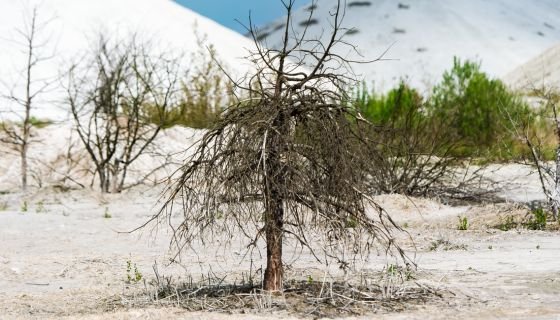Contaminated land is a significant environmental issue that can have serious implications for public health and the environment. Phase 1 Contaminated Land Reports play a crucial role in identifying and assessing the risks associated with contaminated land. In this guide, we’ll explore what Phase 1 Contaminated Land Reports are, why they are important, and how they are conducted.
What is a Phase 1 Contaminated Land Report?
A Phase 1 Contaminated Land Report is a detailed assessment of a site’s history, current use, and surrounding environment to determine the likelihood of contamination. It is the initial step in the contaminated land assessment process and helps identify whether further investigation (Phase 2) is necessary.
Why are Phase 1 Contaminated Land Reports Important?
- Risk Assessment: Phase 1 Reports help assess the potential risks associated with contaminated land, including health risks to humans and ecological risks to the environment.
- Legal Compliance: In many countries, including the UK, conducting a phase 1 contaminated land report is a legal requirement before land can be developed or sold.
- Cost-Effectiveness: Identifying contamination early can prevent costly clean-up operations later in the development process.
- Environmental Protection: By identifying and remediating contaminated land, we can protect the environment and prevent further contamination.
What Does a Phase 1 Contaminated Land Report Include?
- Site History: A review of the site’s historical use, including past land uses and any potential sources of contamination.
- Site Inspection: A physical inspection of the site to assess current land use, potential sources of contamination, and pathways for contaminants to migrate.
- Neighbouring Land Use: An assessment of neighbouring land uses and any potential impacts on the site.
- Regulatory Environment: A review of relevant regulations and guidelines related to contaminated land.
- Risk Assessment: An assessment of the potential risks posed by contamination, including risks to human health and the environment.
- Recommendations: Recommendations for further investigation, remediation, or monitoring, if necessary.
How is a Phase 1 Contaminated Land Report Conducted?
- Desk-Based Study: The report begins with a desk-based study, which includes reviewing historical maps, aerial photographs, and land use records to identify potential sources of contamination.
- Site Inspection: A physical inspection of the site is conducted to assess current land use, potential sources of contamination, and pathways for contaminants to migrate.
- Data Analysis: Data collected during the desk-based study and site inspection is analyzed to assess the potential risks posed by contamination.
- Reporting: The findings of the Phase 1 Contaminated Land Report are compiled into a detailed report, which includes recommendations for further action, if necessary.
Conclusion
Phase 1 Contaminated Land Reports are a crucial tool in assessing the risks associated with contaminated land and protecting human health and the environment. By identifying potential contamination early, we can take the necessary steps to remediate contaminated sites and prevent further environmental damage.


